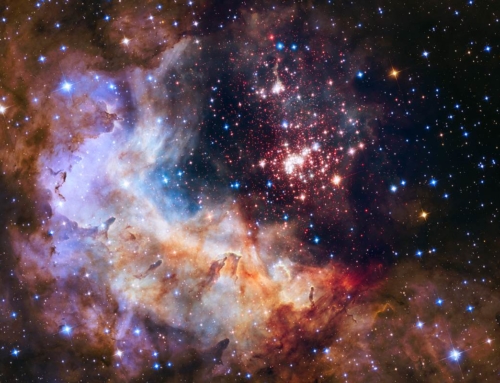We often hear the famous quote, “Beauty is Truth and Truth Beauty” but do not quite understand it. In what way is Beauty Truth and Truth Beauty? We are confused by this because for we often think of ‘truth’ as an explicit factual or dogmatic statement. ‘Truth’ is something therefore to be affirmed like an article in the creed or a fact discovered by historical or scientific research.
However the Truth that is unlocked by Beauty is more than that. The Truth that is unlocked by Beauty is a Truth that is experienced through the experience of Beauty. When we go into a beautiful church, hear a beautiful piece of music or experience beautiful liturgy or see a beautiful work of art it is the transcendent human experience that goes with the beautiful thing which introduces us, indeed, takes us into the Truth. As soon as we begin to explicate the poem, analyze the picture, classify the architecture or dissect the music we lose what we were enchanted by, and it is this enchantment through beauty which matters. In the latest issue of St Austin Review Joseph Pearce writes, “Disenchantment is the false myth, the ultimate lie that denies the very cause and source of things, whereas in contrast, re-enchantment reawakens us to the True Myth and the Great Music.”
In the same issue Tom Howard writes for the need of re-enchantment in the ordinary things of life and quotes C.S.Lewis’ great sermon, The Weight of Glory, “‘Do you think I am trying to weave a spell? Perhaps I am; but remember your fairy tales, Spells are used for breaking enchantments as well as for inducing them. And you and I have need of the strongest spell that can be found to wake us from the evil enchantment of worldliness which has been laid upon us.’ He is speaking, of course, explicitly of the bleak spell that The Enlightenment has cast over us all.”
In an essay Tolkien and St Thomas on Beauty in the same magazine, Michael Waldstein writes, “Amazement and love for beauty are not emotions that are distant from the serious attempt of understanding our world. They work like a lens or a telescope. They bring the deep structures of the world closer to our eyes and allow us to understand. For such understanding, beauty is not an incidental decorative addition, but close to the very heart of intelligibility, because it is the end the creator has in mind.”
Why should we take time and spend money to make our churches beautiful, our liturgy beautiful, our music beautiful, our art beautiful? Because it is through this beauty that we are taken into the heart of the divine order of all things. This is so difficult to communicate in a world of useful things. We have come to regard beautiful things as only so much luxurious ornamentation. We regard expenditure on beauty as wasteful–boors that we are–but this is not only boorish it is spiritually bereft.
Chesterton said “Every argument is a theological argument.” The argument over beauty in churches is essentially a theological argument. Our churches and liturgies and music and art are ugly and banal because they are utilitarian, and they are utilitarian because they are un-supernatural. Modernism denies the supernatural element of religion, so the only thing left is a sort of Coca Cola Up Up with People philosophy. All grins, sweetness and positive thinking, but just like Coca Cola, fizzy, sweet and it rots your teeth.
While it is admirable to make churches and music and liturgy beautiful again, unless this is accompanied by a genuine belief in the supernatural sacraments and doctrines of the church it will only be so much window dressing. When the supernatural heart of the Catholic faith is re-affirmed the reverence and the beauty which re-enchants our world will follow naturally.







Leave A Comment
You must be logged in to post a comment.